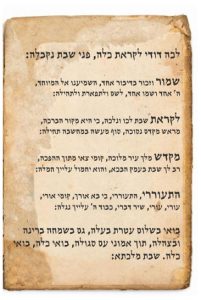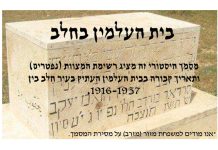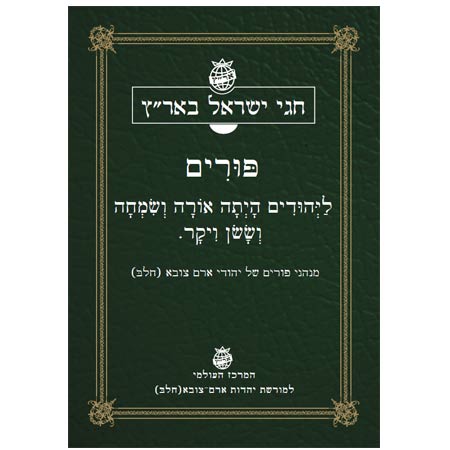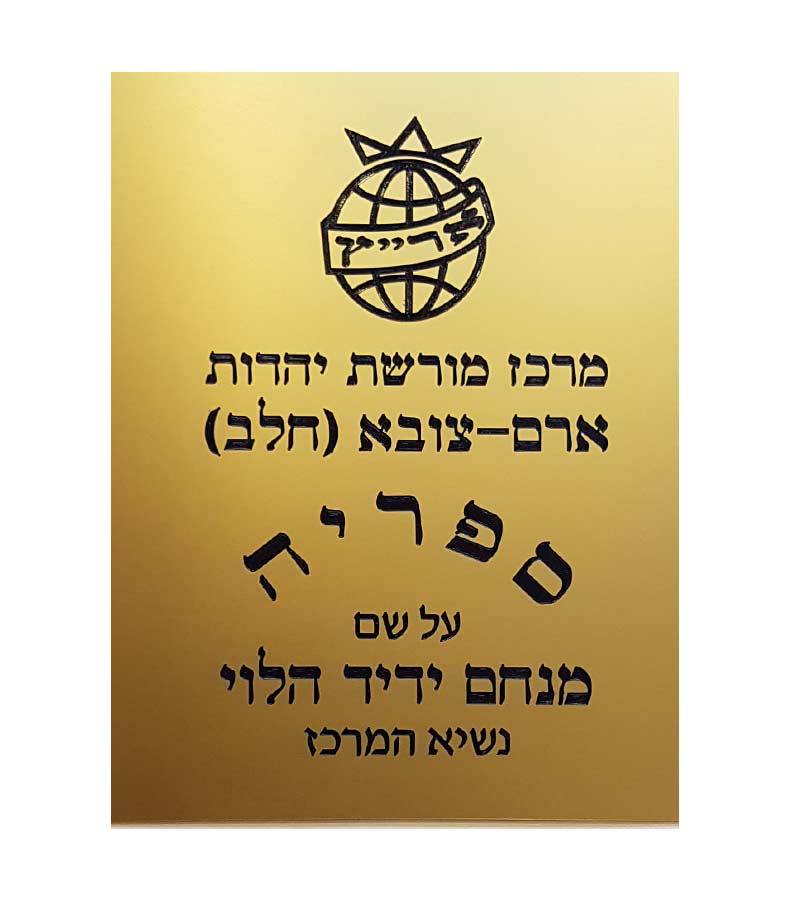We respect copyright and make every effort to identify the copyright holders of any material and/or images that come into our possession. If you have identified text and/or an image in our publication for which you hold the rights, you are welcome to contact us via email at office@aleppojews.co.il and request that we cease its use.
חיפוש נתונים במאגרי מידע של קהילת יהודי חלב

מטעמי חלב
ניתן להפעיל כתוביות בשפות שונות ע"י לחיצה על גלגל הגדרות -Auto Translate ואז לבחור השפה הרצויה.
*תודה רבה ל ערוץ People of the Book أهل الكتاب על שיתוף הסרטונים
In the liturgical poem “Lecha Dodi,” it was customary in Aleppo to skip the stanzas “Hitna’ari,” “Lo Tevoshi,” “Vehayu Limshisa,” and “Yamin U’smol.” This practice stems from several reasons: Some suggest that these stanzas contain themes that evoke sadness. Others argue that since these verses pertain to the theme of redemption, they were omitted by the Jews of Aleppo, who had been previously disillusioned by the episode of Shabbetai Tzvi. He misled them into believing in him through purported proofs of the imminent redemption, leaving a deep mark on the community.

מנהג לפני תפילת העמידה
Before the Amidah prayer—known as the Shemoneh Esrei by Syrian Jews—it is customary to look behind and to the sides and gesture respectfully toward those nearby, inviting them to step forward and pray in front. This practice serves as a kind of request for permission, inspired by the behavior of angels who accept the yoke of Heaven from one another, symbolizing unity and fellowship among them.
—Prof. Yaron Harel








